"Here's an analogy. The Universe is expanding the way your mind is expanding. It's not expanding into anything; you're just getting less dense." -Katie Mack
Excitement about the Universe in general -- and gravitational waves in particular -- is still peaking here at Starts With A Bang. Did you catch everything we covered this past week? Here's what you may have missed:
- What makes a theory a scientific one? (for Ask Ethan),
- The most astounding picture of stars beyond our galaxy (for Mostly Mute Monday),
- Could aliens see heat-based signs of life on Earth? (an Astroquizzical wonder by Jillian Scudder),
- Can LIGO test quantum gravity? (a great consideration by Sabine Hossenfelder),
- What gravitational wave astronomy will teach us about the Universe,
- How astronomers see the Universe through our galaxy, and
- What is the Universe expanding into?
For even more about gravitational waves, join the thousands of people who watched me speak to the LowBrow Astronomers at the University of Michigan:
A big followup on the KT layer from Chris Mannering: "“The Wilkes Land Crater, if caused by an asteroid impact, would have been five to ten times as powerful as the dinosaur-extincting asteroid from 65 million years ago. However, there is no analogue to the KT layer in the sedimentary rock record...”
What you say above is erroneous though. The K-T impact has its signature due to the location it impacted, which has a lot of non-standard geology and materials."
This is a big misconception. The KT impact does have a signature, and that signature is of a very particular layer that's visible in the Earth's sedimentary rock. The layer is visible in multiple disparate locations all over the globe, and it's identifiable as being impact-related thanks to the present of elements in abundances that are vastly different from the elements found normally in sedimentary rocks.
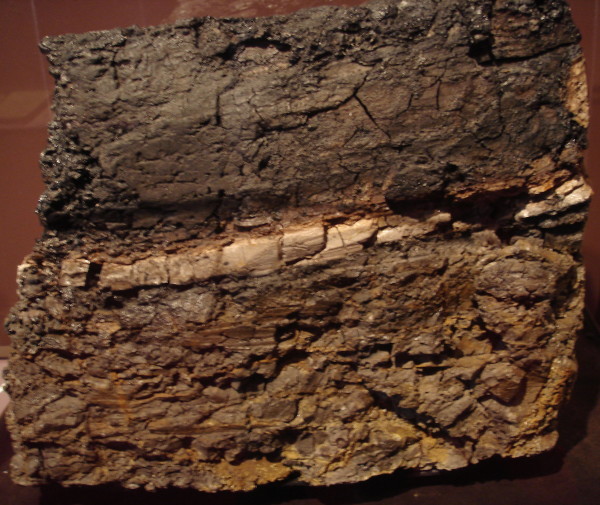 Image credit: photograph by Eurico Zimbres, of a rock from Wyoming, now located in the San Diego Natural History Museum.
Image credit: photograph by Eurico Zimbres, of a rock from Wyoming, now located in the San Diego Natural History Museum.
Do you see that thin, grey layer? That's the KT layer. But the elements found in it -- like iridium, with ~1000 times the normal abundance of Earth-rocks -- aren't because something impacted a region of Earth with rare geology. It didn't. It's because asteroids have different geologies than Earth-rocks do, including a much greater abundance of iridium. That's how we know it was a space rock that hit us. Sedimentary rock goes back about 5-600 million years, easy, and so the fact that we don't find those weird elements elsewhere is probably evidence that either giant impacts are quite rare, or they come from sources (comets, maybe?) that don't have significant rare element signatures. There's more to learn, but that's the explanation we have.
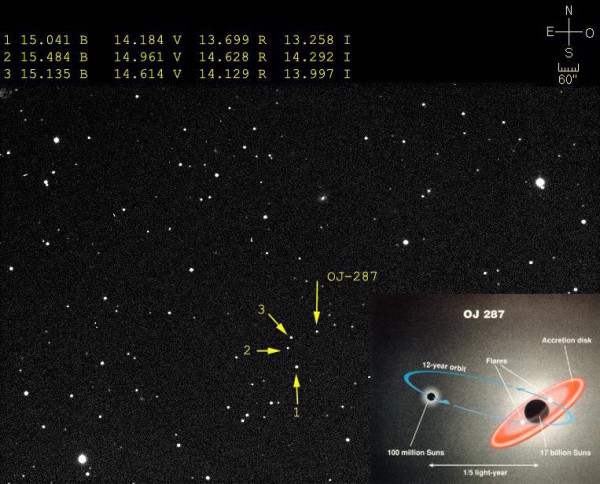 Images credit: Ramon Naves of Observatorio Montcabrer, via http://cometas.sytes.net/blazar/blazar.html (main); Tuorla Observatory / University of Turku, via http://www.astro.utu.fi/news/080419.shtml (inset).
Images credit: Ramon Naves of Observatorio Montcabrer, via http://cometas.sytes.net/blazar/blazar.html (main); Tuorla Observatory / University of Turku, via http://www.astro.utu.fi/news/080419.shtml (inset).
From Michael Kelsey on the so-called eerie silence: "The “eerie silence” reports came from a very different kind of GW search, using a collection of pulsars and looking for coordinated “glitches” in their precise timing. Such glitches, if coordinated and of the right structure (i.e., not just a one-off step up or down in period), could be due to very LOW frequency gravitational waves (and by LOW, I mean microhertz or nanohertz, one cycle every few years!).
Such waves would be generated by much more massive compact objects, such as the supermassive black holes at the centers of galaxies, in orbit around one another. We have one candidate (from optical observations) for such a system, OJ 287. It has an 11-12 year period, and if it is a SMBH binary, should produce gravitational waves around 5.3 nHz."
I just talked about this part of the story this week, too! If you're looking for the most massive black holes in the slowest orbits around one another, you need an incredibly long baseline. Think about the fact that the speed of a wave is its frequency times its wavelength, that the frequencies of ultramassive black holes orbiting are on timescales of multiple years, and that the speed is the speed of light. How long are these wavelengths, then, that we're trying to observe? Big, like light-years big. And so we're not going to be building laser interferometers to detect them.
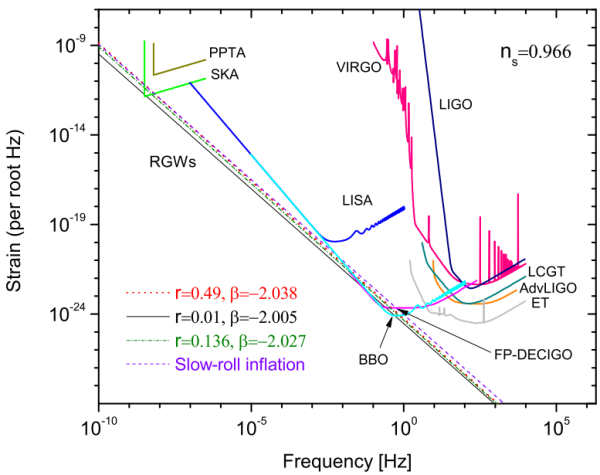 Image credit: Minglei Tong, Class.Quant.Grav. 29 (2012) 155006, via http://arxiv.org/pdf/1206.2109.pdf.
Image credit: Minglei Tong, Class.Quant.Grav. 29 (2012) 155006, via http://arxiv.org/pdf/1206.2109.pdf.
But we have cosmic timing arrays -- like that of pulsars in a single globular cluster -- that not only are at the same distance from us and the same distance from a passing gravitational wave, but would be sensitive to these ripples in space. They haven't yet detected an event, but they should; the timing is that sensitive. The next generation of pulsar timing arrays, specifically NANOgrav, or the International Pulsar Timing Array IPTA), should see something. We're already approaching where what we think we should see and what we haven't seen appear to create a problem, but it's not a big enough problem to worry about. Yet.
From Denier on scientific theories: "What is the threshold for testability? For instance, there is a popular theory you may have heard of that suggests earth’s climate is getting warmer due to an increase in man-made CO2 in the atmosphere."
What you need is to be honest about your certainties and uncertainties. You need to be scrupulous about your quantifications of the magnitude of an impact. And you need to compare what you predict with the data that we can obtain. The big accurate prediction made by climate models -- and this has been true of models since the early 1980s at least -- is for the average rate of global temperature increase over time: about 0.01 degrees Celsius per year. There is uncertainty in the significant digit after that (is it 0.015? 0.012? 0.008?), as well as uncertainty about nonlinear effects. There's a huge uncertainty about what you'll see in any given year. And there's a predictable pattern that, after hitting new high temperatures (which we're presently doing for 2014-2016), there will be an apparent pause if you only take <17 year intervals of temperature data. But it's very important to recognize what are the robust, well-understood parts of the theory, and where more work is still needed. That's what I'd say: the part you call the popular theory is well-understood and well-verified; the nuances of various aspects are less well so.
Image credit: NASA, ESA and T.M. Brown (STScI), of background galaxies seen through the disk of Andromeda.
From Wesley Dodson on my opening quote to an article I wrote: "According to Wikipedia Joni did not write the song for CSNY although she was real close with them; she first performed it a month after Woodstock and released a record of the song on Ladies of the Canyon (1970), the same month CSNY released their version on Déjà Vu."
So here's the deal. The song is called Woodstock, a festival to which Joni Mitchell did not go, but was supposed to. (To those who say "but Joni hates festivals and doesn't do them," that's true, but didn't become the case until the mid-1970s or so.) Graham Nash (from CSN and CSN&Y) told her about it, and she saw some of it on TV, and she wrote the song Woodstock, which had -- as the chorus of the last verse -- the following:
We are stardust, billion year old carbon
We are golden, caught in the devil's bargain
And we've got to get ourselves back to the garden.
Artificial lights strongly overlap with the concentrations of Earth’s population, showing the locations of light pollution. Image credit: Data courtesy Marc Imhoff of NASA GSFC and Christopher Elvidge of NOAA NGDC. Image by Craig Mayhew and Robert Simmon, NASA GSFC
From Lyle on the topic of aliens using heat to detect earthlings: "I have read that all you would need to do is to look at the color temperature of the earth in the 500mhz and 500 khz range. I understand it is in the millions of degrees so once sufficient time has passed where an alien might be for waves that left earth 65 years ago the aliens would detect changes in the ratio of emissions in the two bands. In addition during the analog tv era if you looked at the broad cast tv bands you would see varying ratios of 50hx and 60hz signals imposed on the transmission by the vertical sync pulses needed to keep the tv and transmitter in sync."
Sure, that will work! So long as we're still transmitting wireless radio/TV signals inefficiently and broadly into space, you have an incredibly loose definition of the word "heat," and you don't care about physically detecting humans, but rather their transmitters. I am not sure this will be a good method to detect an intelligent civilization on a planet in 100-200 years, nor would it have been good before about 1900. But we seem to be in the midst of a good ~200 year window where we can look for that. Will other civilizations be the same?
Three LIGO questions from Omega Centauri: "[W]hat sort of perturbation to the merger waveform could be caused by the presence of a residual accretion disk, about one or both of the BHs?
[C]ould enough high curvature geometry created to create a detectable spike in Hawking radiation?
Also what happens if the BHs have non negligible charge and/or magnetic moment?"
For number 1, a residual accretion disk can create an electromagnetic signal, but in terms of modifications of the merger waveform, all it could do would be to exert a gravitational pull that could slightly retard the shape of the waveform. It would take a disk of many solar masses to be notable with LIGO, though.
For number 2, you'd have to be able to measure the power of Hawking radiation. Power is dependent most simplistically on the inverse mass squared of the black hole, so you should see a significant drop as the black holes merger. The curvature of the horizon doesn't change things much because the vast majority of Hawking radiation doesn't originate from the horizon, contrary to popular conceptions.
And if the black holes have charge -- either electric or magnetic -- you use a Reisser-Nordstrom black hole instead of a Schwarzschild or a Kerr black hole. But in terms of gravitational radiation, those effects should be very, very small. The calculations, however, are totally (numerically) doable!
From CFT on LIGO's robustness: "I wouldn’t be so certain of LIGOs claims if I was you.
I know you want to believe, but that makes you impatient and careless. Just remember a particular 7 sigma certainty that recently went up in smoke, errr, I mean dust."
This is a truly atrocious comment that shows a complete lack of understanding about both LIGO and BICEP2. BICEP2 announced a discovery contingent on the fact that they had adequately modeled their background, which was based on unreleased Planck data that they attempted to construct from a picture of a map shown at a conference. They didn't do it right, and so they severely underestimated both the effect of dust and the magnitude of their systematic errors. That 7-sigma figure you cite was garbage.
LIGO, on the other hand, doesn't have any such contingency. They did an awesome job, and your objections aren't based in fact. Perhaps I know too much about LIGO to be skeptical in the fashion that you're skeptical, so I encourage you to read all the things I'm writing on it and saying about it, and maybe you'll come around. Also, keep watching: there are bound to me many more discoveries of events announced during 2016!
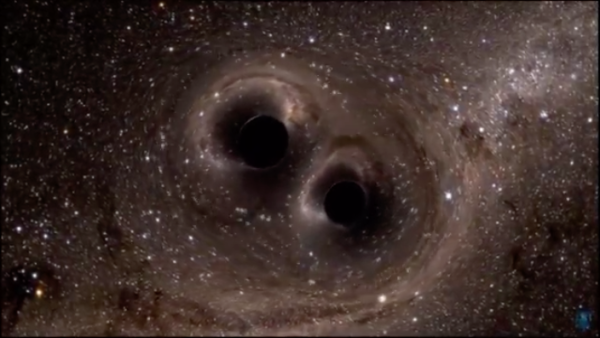 Image credit: screenshot from the LIGO press conference announcing the discovery of gravitational waves.
Image credit: screenshot from the LIGO press conference announcing the discovery of gravitational waves.
From Denier about the ass-hattery of rumor-mongering: "…then some douche named Lawrence M Krauss, who had nothing to do with any of it, caught wind of the discovery and released the news to the internet before the people who had worked so hard could get credit for it."
I have strong opinions on this matter, and I am very much against someone spilling the beans and thrusting themselves into the limelight at the expense of the hard-working members of the collaboration who've done the decades of hard work.
There are likely going to be no negative consequences for Krauss, but I am glad that I managed to appall him.
And finally, from MobiusKlein, on... well, I'm not sure: "If the Universe is expanding into nothing, then why are there still Monkey? You warmists never can answer that!"
They need do way instain monkey, who warm their babbies.
 Image credit: screenshot from the internet classic, https://www.youtube.com/watch?v=Ll-lia-FEIY.
Image credit: screenshot from the internet classic, https://www.youtube.com/watch?v=Ll-lia-FEIY.
We've got another great week ahead, everyone, so thanks for joining me, and let's make it a good one!

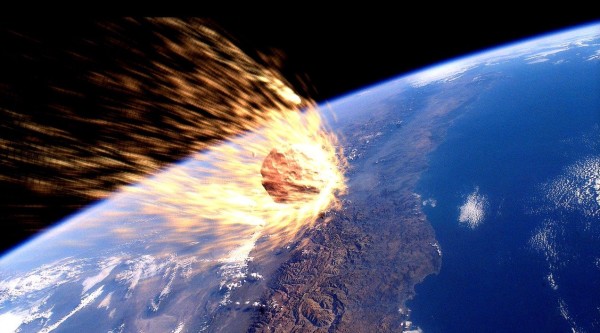
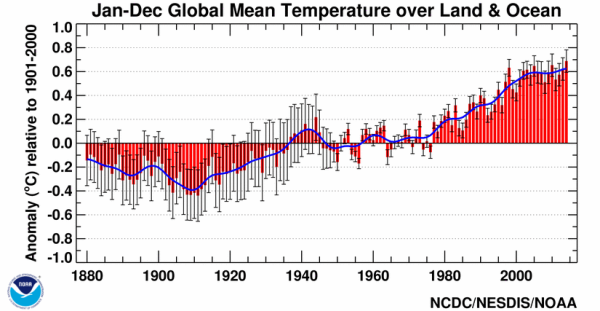
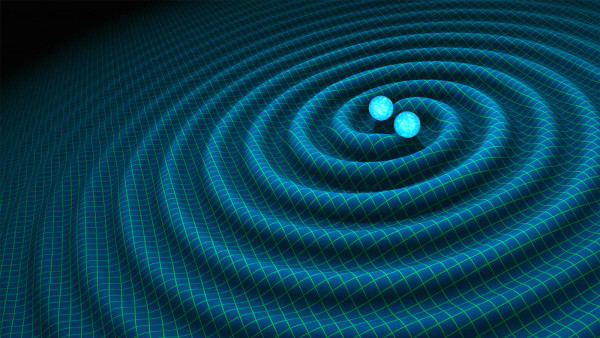
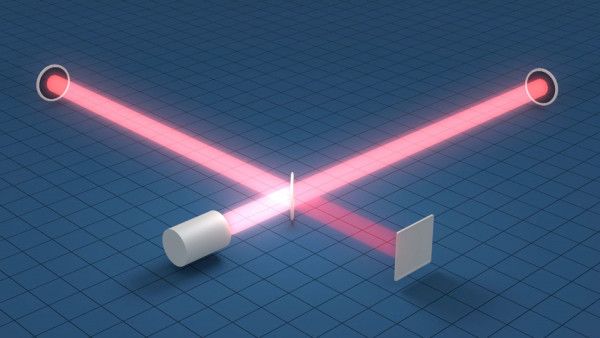
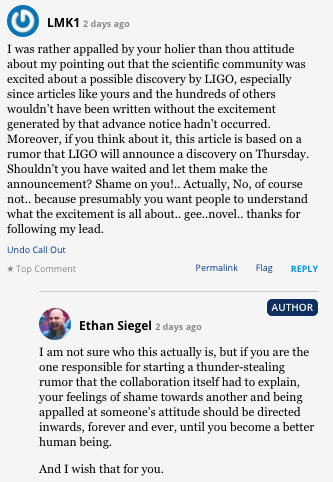

Sorry 'bout that, just going for the conservapedia trifecta.
"someone spilling the beans and thrusting themselves into the limelight"
To me it seemed perfect inline with how PR-agencies work these days. I would be surprised if the leak wasn't discussed and arranged with the LIGO team to do so in the first place.
Begin spreading a rumor by a credible source to draw global attention and build up hype, have all the local specialists talk about it in public, build up some more momentum, and have a couple of weeks later a perfect 3 minute sales pitch presentation with nice images and leave all the noise such as the other upcoming data out of the picture. The mainstream media can just c/p the message and present it to their public, fast food and the whole package is sold no questions asked.
It just makes me all the more skeptical to buy this from day one, certainly with only one recorded event … but I guess there's also a lot of competition in the field of physics that this is the way to do it if you want to sell your product and want to win a prize … create as much sensation as possible.
I'm going to wait a little bit longer for some more data and the dust has settled before hailing this discovery.